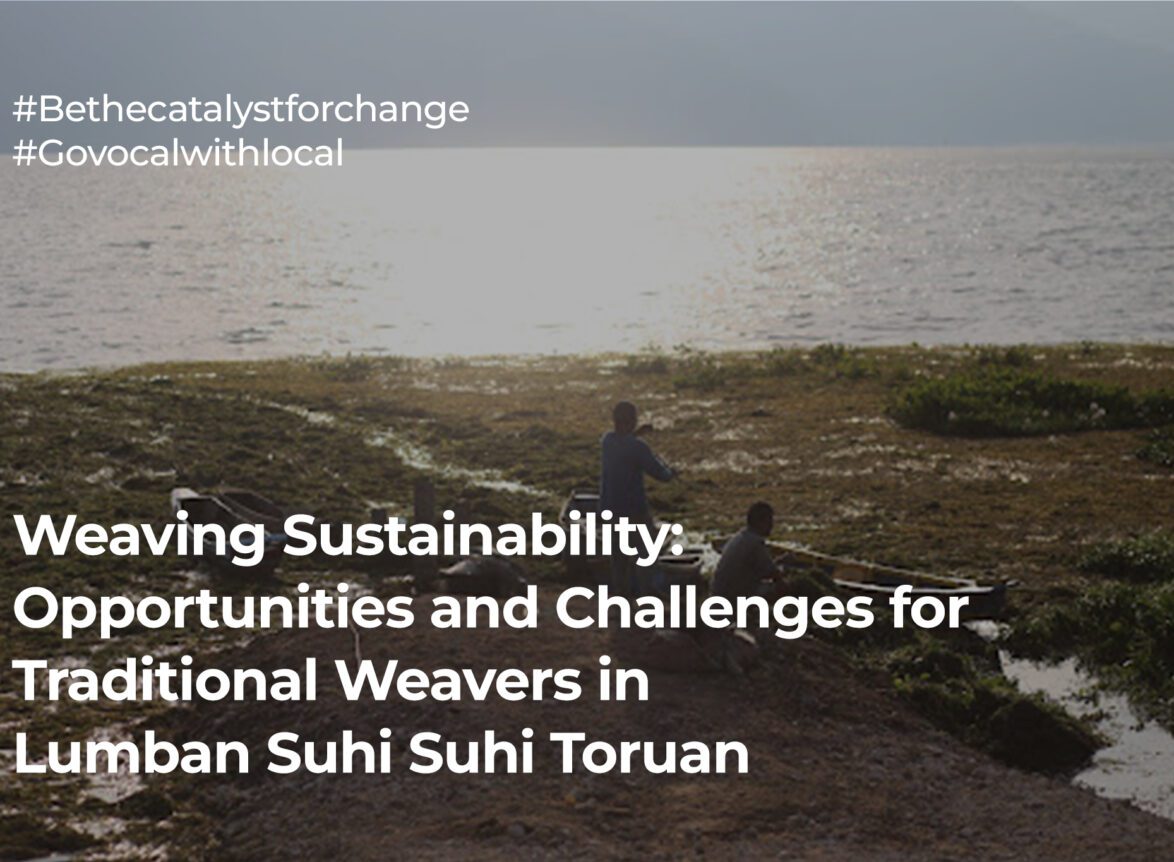Understanding Sustainable Clothing
Sustainable clothing is designed and manufactured with the aim of minimizing its environmental impact and ensuring ethical production practices. Key characteristics of sustainable clothing include the use of eco-friendly materials, adherence to fair labor practices, and a focus on durability and quality.
Materials Matter
One of the most crucial aspects of sustainable clothing is the materials used in its production. Eco-friendly materials such as organic cotton, recycled fabrics, hemp, and bamboo are popular choices. These materials are grown and processed with minimal environmental impact, often using fewer chemicals and less water than conventional fabrics.
For instance, organic cotton is grown without synthetic pesticides and fertilizers, reducing soil and water pollution. Recycled fabrics, made from post-consumer waste like plastic bottles, help reduce waste and save resources. Hemp and bamboo are fast-growing, requiring less water and pesticides, making them highly sustainable options.
Ethical Production Practices
Equally important to the materials used is the way clothing is produced. Ethical production practices ensure that workers are treated fairly, paid living wages, and work in safe conditions. When shopping for sustainable clothing, look for certifications such as Fair Trade and Global Organic Textile Standard (GOTS), which guarantee ethical labor practices and environmentally friendly production processes.
Supporting brands that prioritize ethical production is a way to promote social justice and human rights. By choosing these brands, consumers can help ensure that the people making their clothes are treated with dignity and respect.
Durability and Quality
Investing in quality clothing is a key component of a sustainable wardrobe. High-quality garments last longer, reducing the need for frequent replacements and decreasing overall consumption. To assess the durability of clothing, examine the stitching, fabric weight, and overall construction. Choosing timeless, versatile pieces can also help extend the life of your wardrobe, as these items are less likely to go out of style.
Spotlight on Sustainable Brands
Several brands are leading the way in sustainable fashion, offering stylish and ethically produced clothing. Torajamelo, for example, that combine cultural heritage with sustainable practices. You can explore their collection, including their wrap-around jumpsuit, which showcases intricate craftsmanship and eco-friendly materials.
Another noteworthy brand is Care Studios, known for their modern designs and commitment to sustainability. Their Kara dress, made from recycled materials, exemplifies how fashion can be both chic and environmentally conscious.
Making the Switch to Sustainable Clothing
Transitioning to a sustainable wardrobe doesn’t have to be overwhelming. Start small by gradually replacing old items with sustainable alternatives. Focus on versatile pieces that can be mixed and matched to create various outfits. Embrace second-hand shopping, which is an excellent way to find unique, sustainable clothing while reducing waste.
Proper care is essential to extend the lifespan of your sustainable clothing. Follow care instructions, wash clothes in cold water, and air dry whenever possible. Taking these steps will help maintain the quality and durability of your garments, ensuring they last for years to come.


